DESTINATIONS
Discover astrotourism in Chile
Chile is a privileged country with the clearest skies in the world for astronomical observation, a characteristic that has led to the development of a network of observatories throughout the country, making this destination the ideal place for astrotourism, i.e. to experience a journey to the stars.
We recommend the following 5 destinations so that you can prepare yourself, and who knows, ask a shooting star to grant your wish to discover Chile on your next trip, and at the same time observe the constellations, planets, stars…
1. Pica
An oasis in the middle of the most arid desert in the world is Pica. Located in the middle of the Tamarugal pampa, in the Tarapacá region, it has one of the clearest skies for astrotourism in Chile. Moreover, Pica has the distinction of being the first city to be certified Starlight, which means that the quality of its sky makes it perfect for space observation.
It takes only an hour and a half to drive from Iquique to Pica. All year round you can go on astronomical tours where you can observe the sky through a telescope, attend lectures on astronomy, and of course take photos under the stars.
2. Atacama Desert
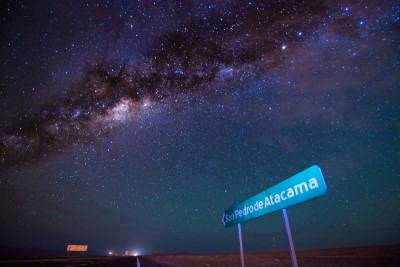
Another ideal place for astrotourism in Chile is the Atacama Desert, in the Antofagasta region, considered one of the best destinations for this activity, according to National Geographic.
Throughout the year, night tours are offered in plots near San Pedro de Atacama, away from artificial lights, which allow for a fantastic view of the sky.
Many of these tours, which usually depart at 9pm from San Pedro de Atacama, include observation with specialised equipment, coffee breaks and also naked eye observation to learn how to discover and recognise the constellations.
It is always recommended to bring warm clothes to enjoy this incredible experience due to the low night temperatures.
3. Observatories in the Coquimbo region
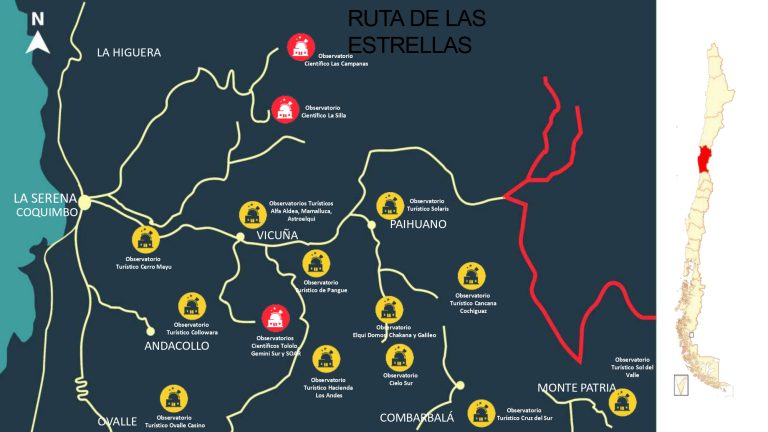
Route of the stars (Credit: Sernatur Coquimbo)
The Coquimbo region is the leading astrotourism area in Chile due to its geography, its ideal climatic conditions, but also due to the excellent services offered to tourists for this activity.
This region concentrates 50% of the country’s astrotourism offer, with the scientific centres of Cerro Tololo, La Silla, Gemini Sur and SOAR, LSST, Vera Rubin, among others.
The country of Gabriela Mistral, winner of the Nobel Prize for Literature and Chile’s first astro-tourist, has public observatories such as Cerro Mamalluca and the Vicuña Municipal Planetarium, the first of its kind in the Coquimbo region.
Other public alternatives are the Collowara observatory in Andacollo, the first inclusive observatory in the region, and the Cruz del Sur observatory in Combarbalá, the largest in the southern hemisphere.
4. Cajón del Maipo
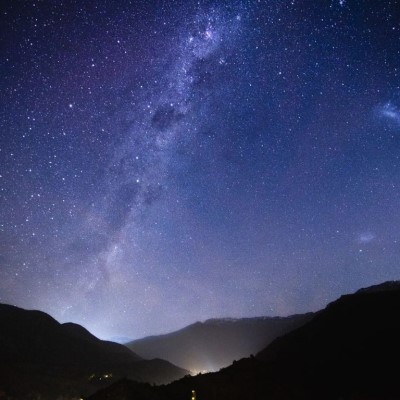
Observatoire Pailalen in Cajón del Maipo (Crédit : Pailalen Park)
Cajón del Maipo is a destination that stands out for the diversity of its tourist offer, for rest, adventure sports, summer and winter holidays, but also because it is an excellent place to observe the stars in the metropolitan area.
Just under two hours from Santiago, you can discover the Pailalen Park Astronomical Observatory, where you can enjoy guided tours of astronomical nights.
This is a transfer to the observatory where you can observe the wonders of the sky with the naked eye and then through 4 telescopes, in an experience that lasts about 1 hour.
It is also possible to hike along an educational trail with geological information about the Cajón del Maipo, the history of astronomy and the solar system.
5. Torres del Paine: an incredible destination
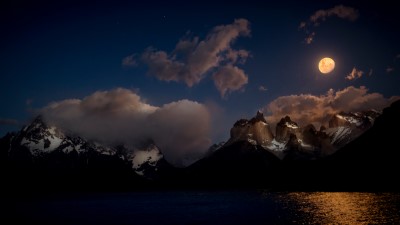
Torres del Paine National Park is one of the most important tourist destinations in Patagonia. Located 150 kilometres from Puerto Natales, in the region of Magallanes and Chilean Antarctica, it attracts thousands of tourists who want to discover the beauty of the end of the world.
Although it is known for its ecotourism and outdoor life, it is also an excellent destination for astrotourism in Chile. Indeed, the sky here is class 1 on the Bortle scale, which means that, as long as the weather is favourable, you can enjoy the purest sky in the world at its best.
Source: Sernatur
RECENT POSTS
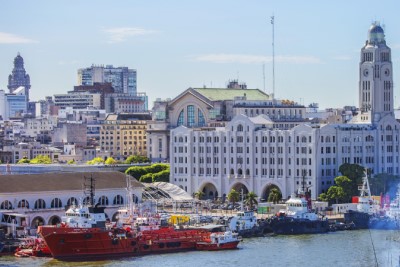
Montevideo, New Headquarters of the Tourism Law Observatory for Latin America and the Caribbean
LATAM NEWS Montevideo, New Headquarters of the Tourism Law Observatory for Latin America and the CaribbeanMontevideo, the capital of Uruguay, has been designated as the headquarters of the Tourism Law Observatory for Latin America and the Caribbean, an initiative...
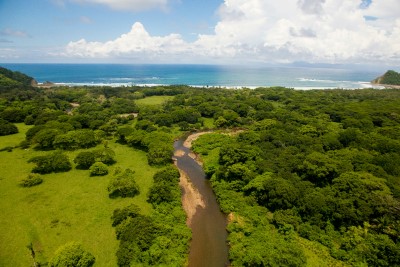
Guanacaste: An Escape to the Heart of Costa Rican Biodiversity
DESTINATIONS Guanacaste: An Escape to the Heart of Costa Rican Biodiversity Situated in the north-west of Costa Rica, the province of Guanacaste is a natural paradise that captivates visitors with its ecological diversity, heavenly beaches and deep-rooted cultural...

“Meaningful Meetings in Peru 2024”: A New Era for Meeting Tourism
LATAM NEWS “Meaningful Meetings in Peru 2024”: A New Era for Meeting Tourism Peru's Export and Tourism Promotion Agency (PROMPERÚ) recently launched its ‘Meaningful Meetings in Peru 2024’ campaign. This initiative aims to position Peru as a destination of...


